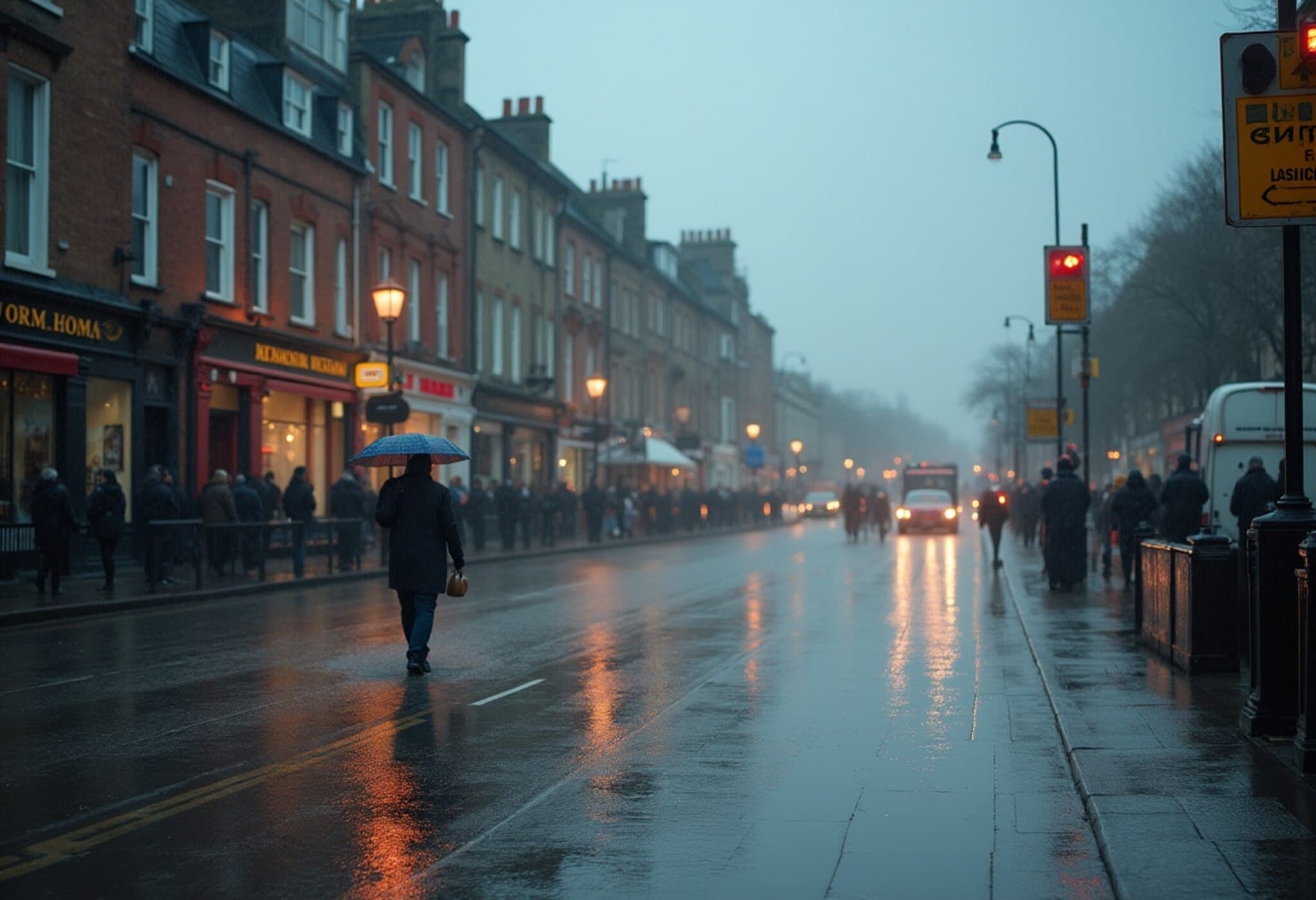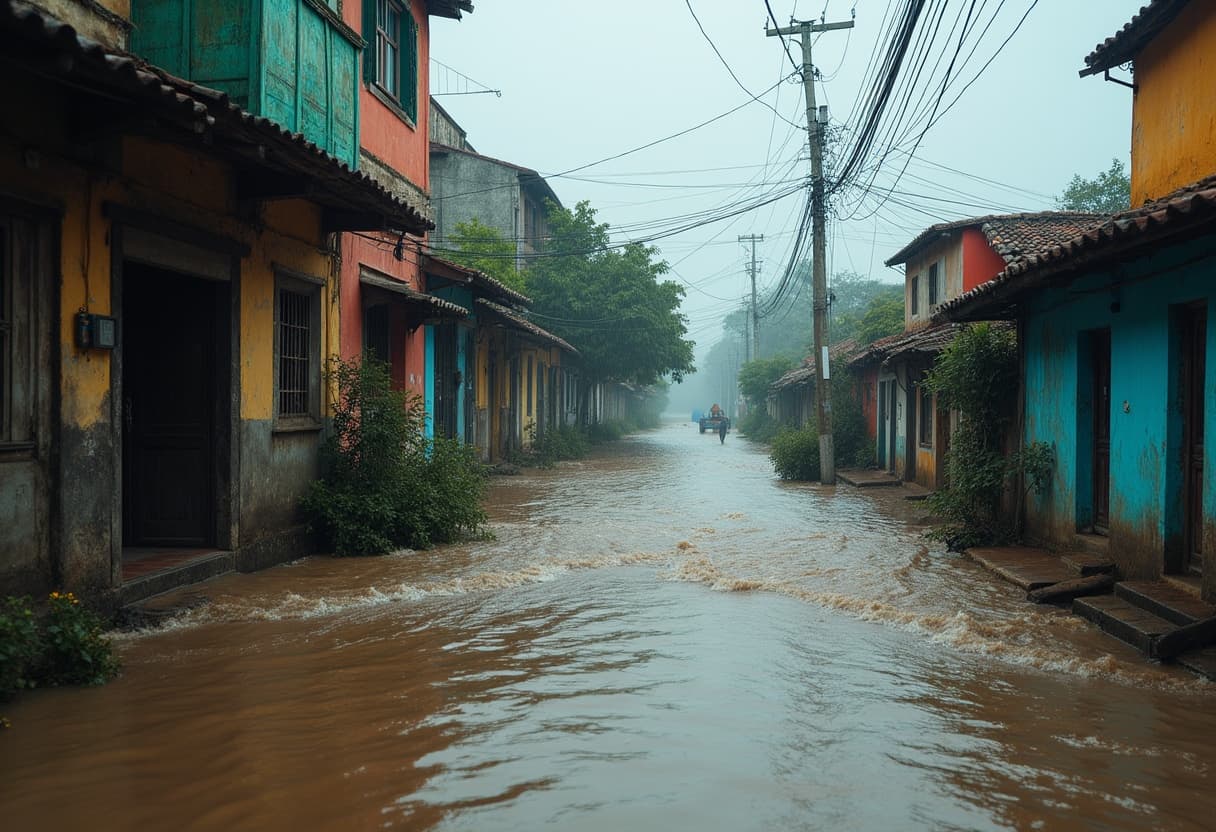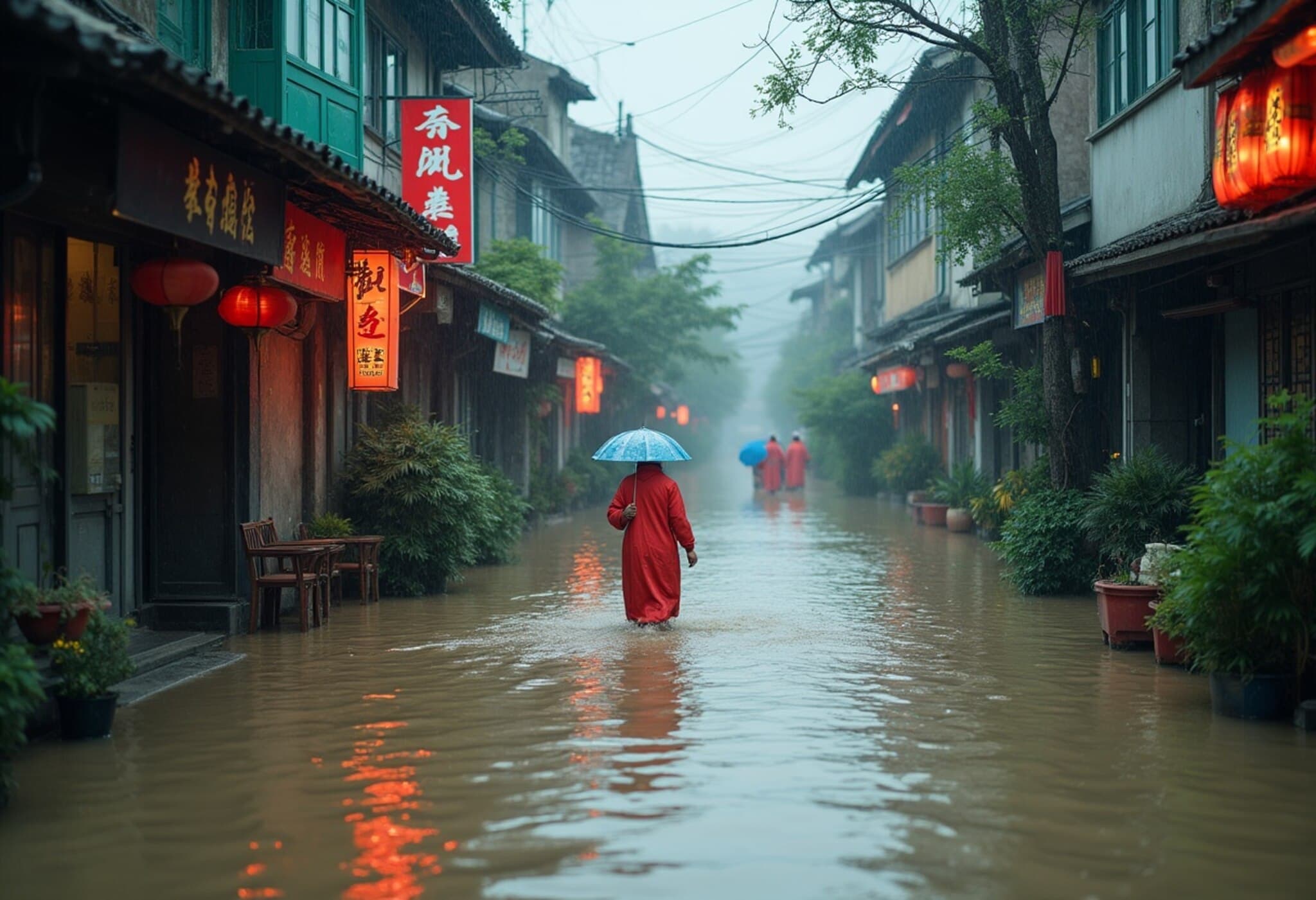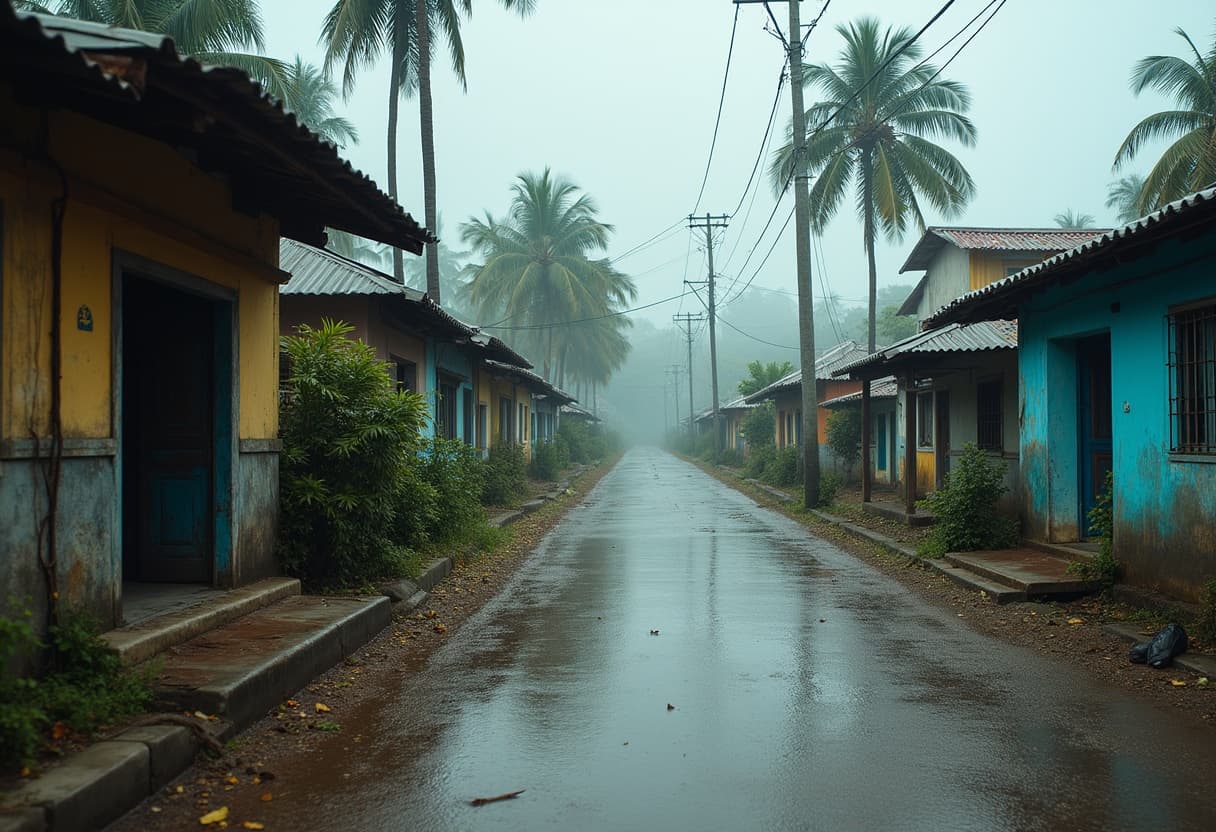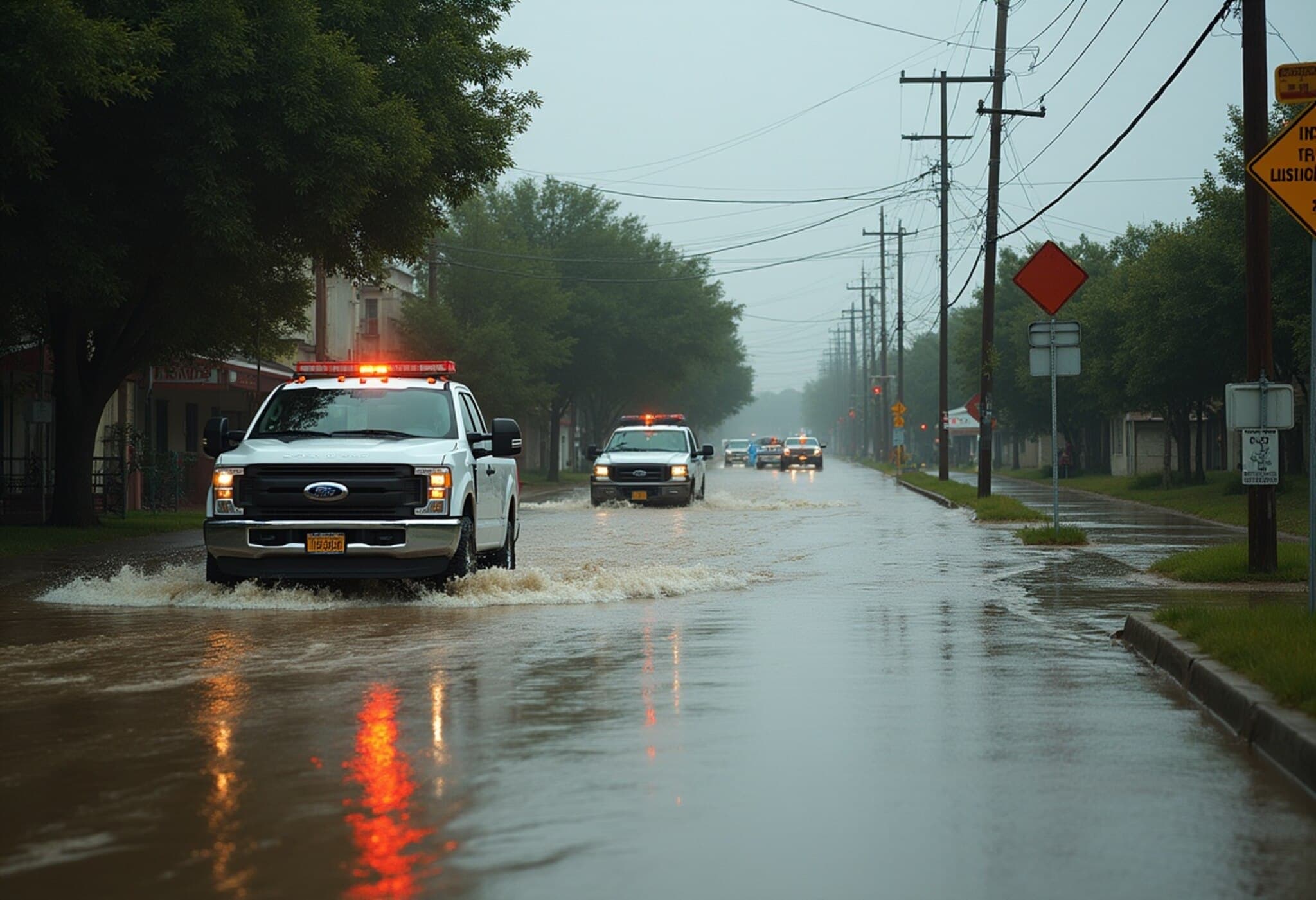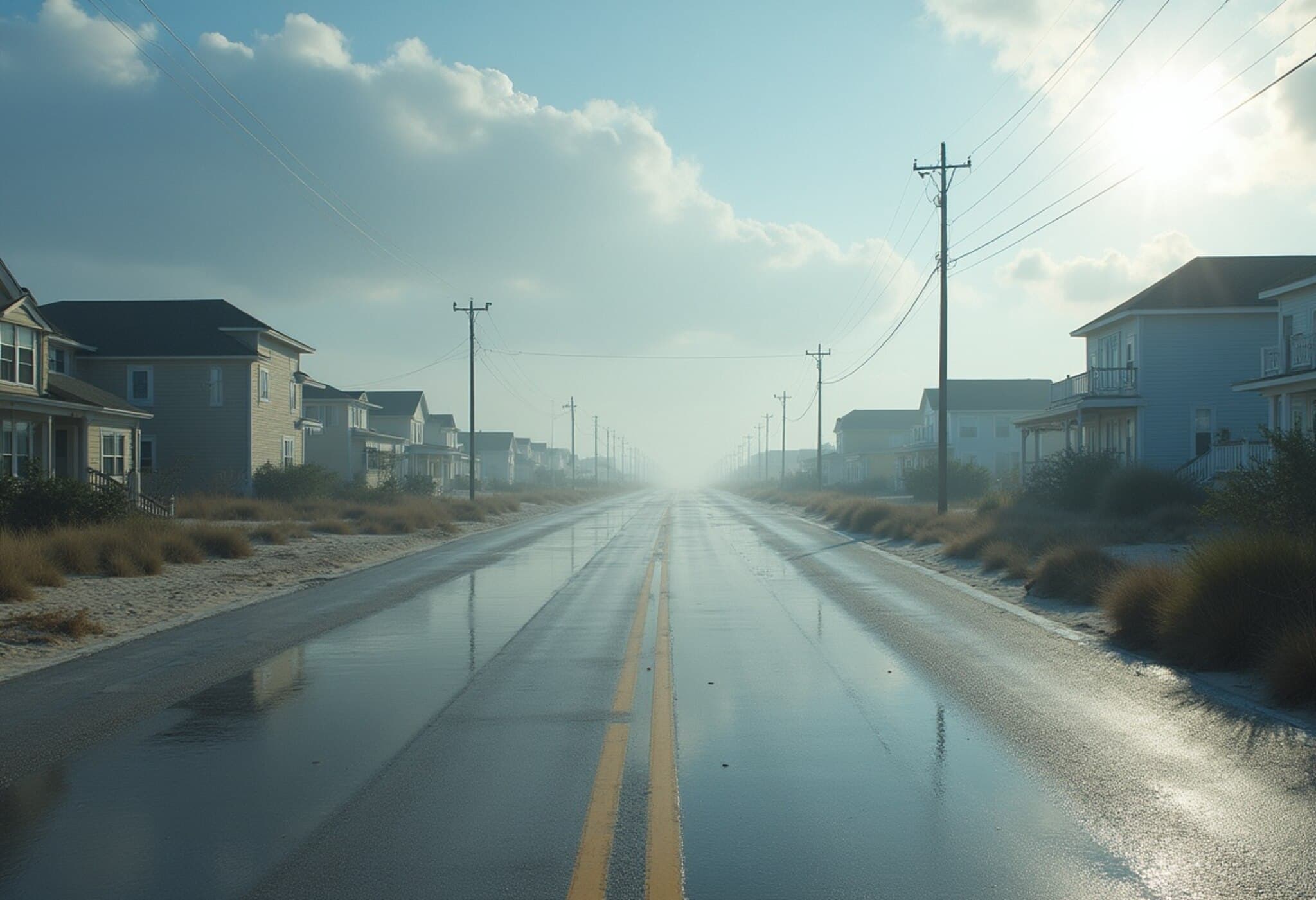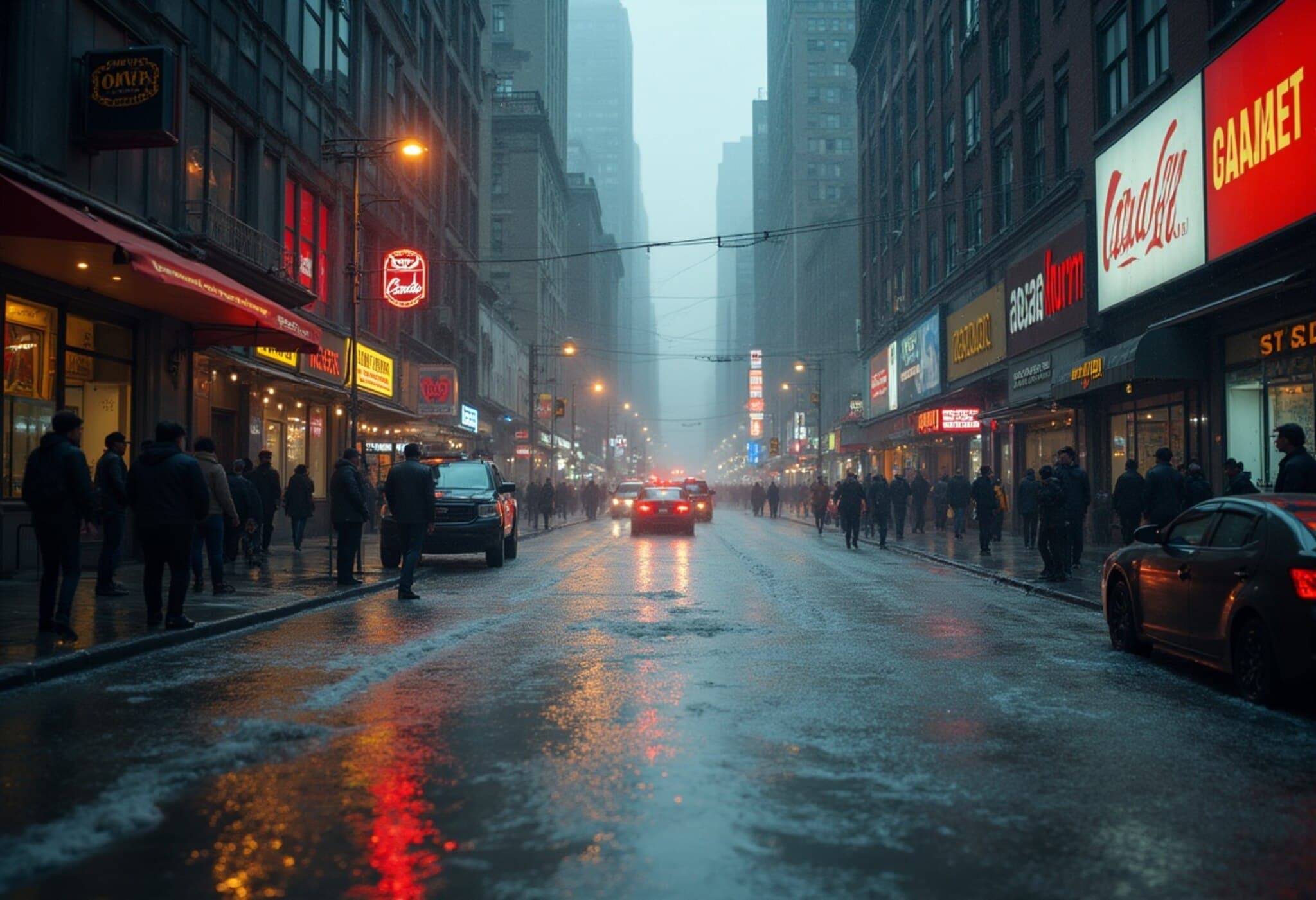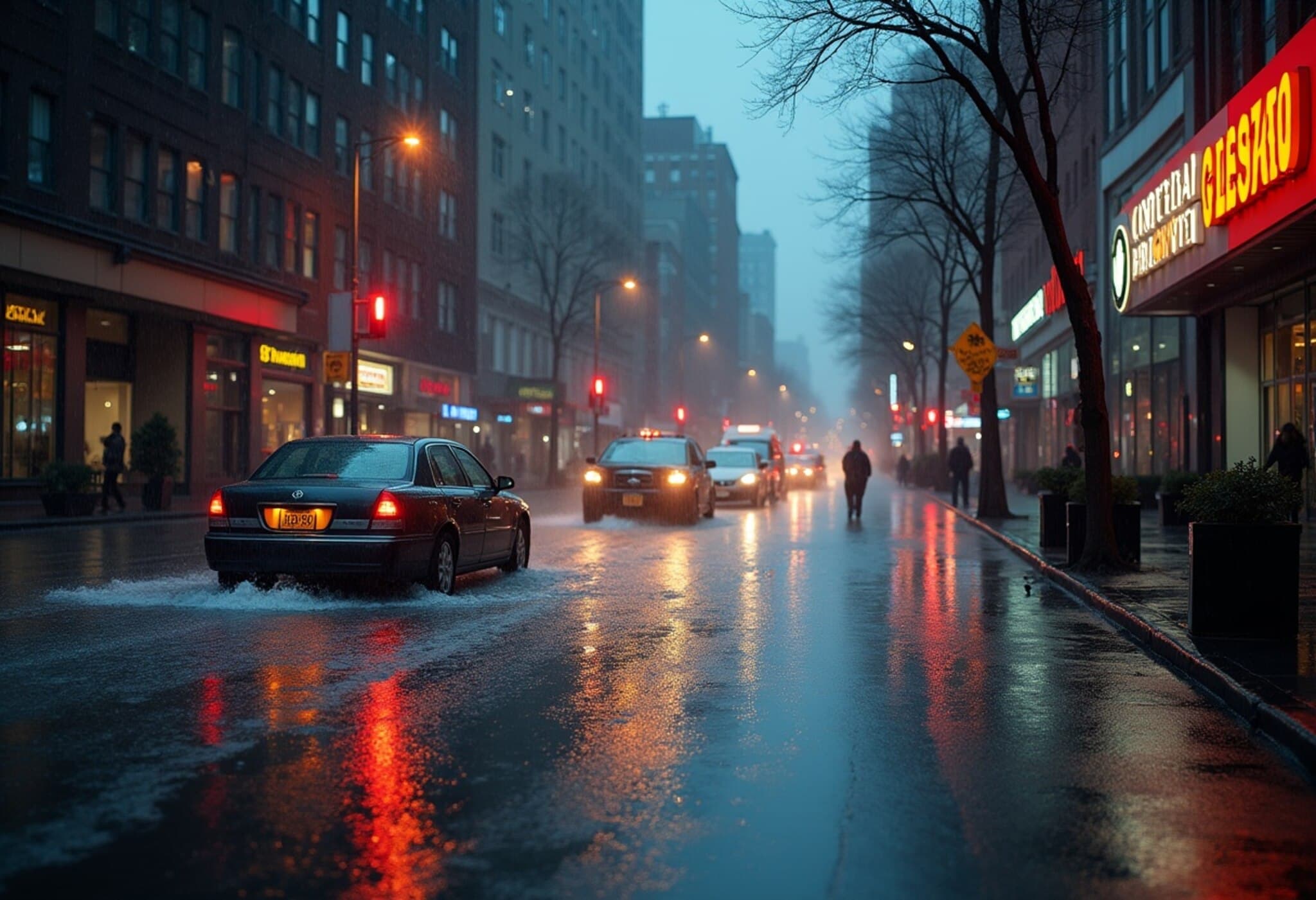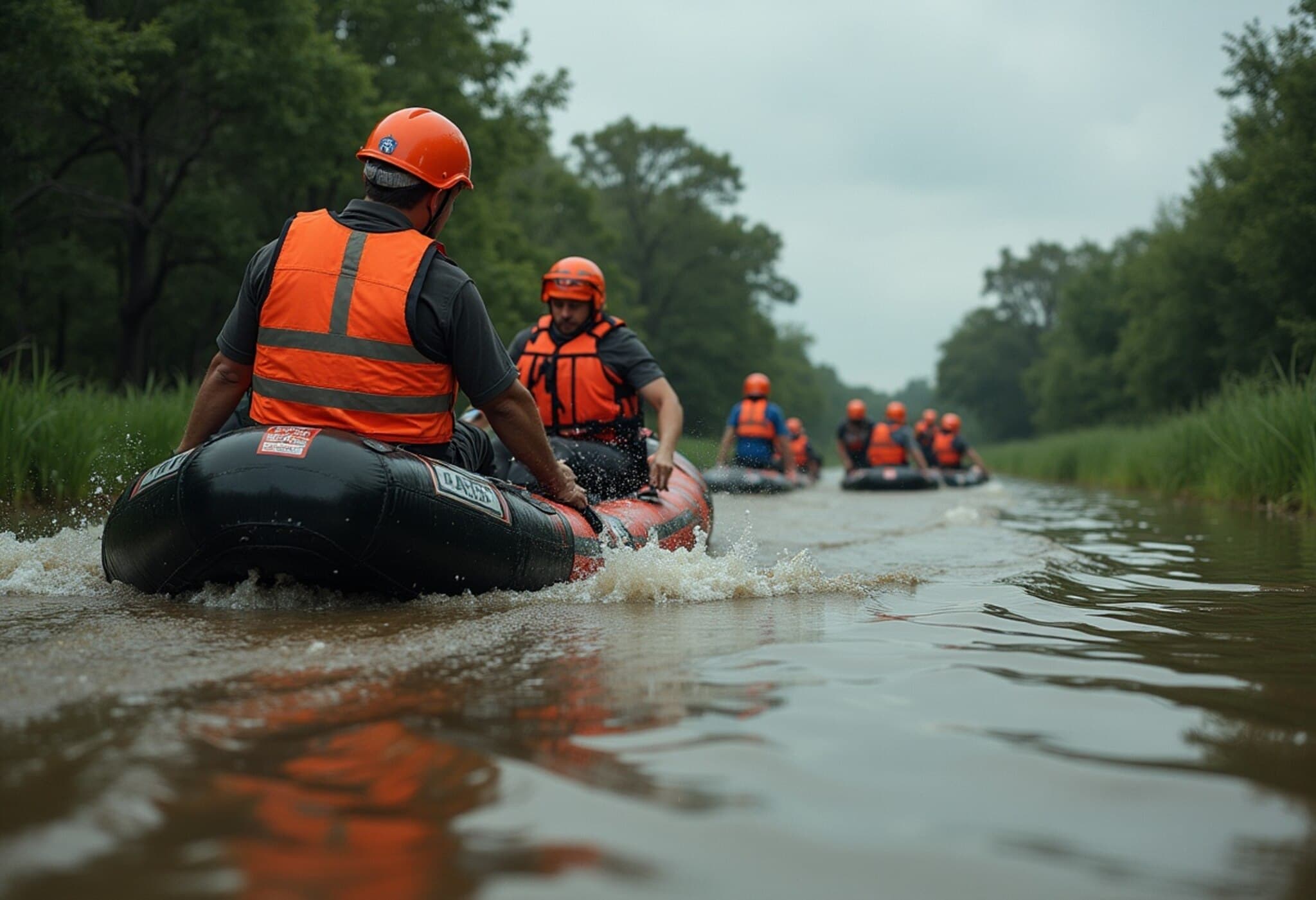Heavy Rains Trigger Flash Flooding and Emergency Declarations in New York and New Jersey
On Monday evening, a powerful storm unleashed torrential rains across the northeastern United States, provoking life-threatening flash floods and prompting urgent safety measures across New York City and New Jersey. As water levels surged, authorities issued flash flood warnings, declared states of emergency, and urged residents—especially those in vulnerable basement apartments—to remain vigilant and ready to evacuate.
New Jersey Takes Swift Action Amid Rising Waters
New Jersey bore the brunt of the storm, particularly in western Union County, where nearly stationary storm cells delivered intense rainfall. The National Weather Service (NWS) warned overnight that these localized deluges created hazardous flash flooding conditions, catching some communities off guard.
New Jersey Governor Phil Murphy responded decisively, declaring a state of emergency and advising residents to stay indoors and avoid nonessential travel. His directive emphasized the unpredictability of flash floods and underscored public safety priorities.
New York City Under Flash Flood Watch and Transit Disruptions
Across all five New York City boroughs, flash flood warnings were in effect Monday evening, later downgraded to a flash flood watch through midnight. Emergency management officials specifically warned residents in basement units to keep essentials like a flashlight and a “Go Bag” ready, highlighting the often-underestimated risk these accommodations face during intense rainfall.
Social media users shared compelling footage of residents wading through knee-deep floodwaters in New Providence, New Jersey—just 10 miles west of Newark—illustrating the storm’s tangible impact on everyday life. Further north in Westchester County, first responders tackled numerous calls for submerged vehicles stranded on flooded roadways.
Infrastructure and Transportation Suffer Severe Setbacks
- Airports: LaGuardia and Newark Liberty International Airports instituted ground stops during peak storm hours, causing widespread flight delays and cancellations. John F. Kennedy Airport also faced operational challenges amid the volatile weather.
- Roadways: Critical thoroughfares such as the Cross Bronx Expressway were temporarily closed due to standing floodwaters. Additionally, the FDR Drive and Harlem River Drive experienced significant delays as flooding persisted.
- Public Transit: New York City Transit suspended train services on key routes—including 1, 2, and 3 trains in Manhattan—after dangerous flooding was reported in subway stations. E, M, and R line operations were severely disrupted, while the Staten Island Railway halted service in the southern borough, demonstrating the storm’s widespread disruption to city mobility.
Expert Insights: The Increasing Threat of Urban Flooding in the Era of Climate Change
Experts emphasize that storms like Monday’s episode underscore the vulnerability of dense urban areas to increasingly erratic weather patterns linked to climate change. Rapid urbanization combined with aging infrastructure amplifies flood risks, particularly in flood-prone neighborhoods and low-lying basements.
Climate scientists caution that cities must accelerate investments in resilient water management systems, emergency preparedness, and community outreach to mitigate the impact of future flash floods.
Looking Ahead: What Residents Need to Know
The National Weather Service projected rainfall rates reaching up to two inches per hour and total accumulations peaking at three inches in the New York City region during the storm’s worst hours. Thankfully, by 10 p.m., the storm had shifted eastward and weakened, though officials maintained vigilance until conditions stabilized overnight.
Residents are advised to remain cautious, particularly in flash flood-prone zones, and to monitor updates from local emergency management agencies and weather services.
Editor’s Note
Monday’s flash flooding event serves as a stark reminder of the delicate balance between urban living and nature’s increasing volatility. Beyond momentary disruptions, such events demand a long-term strategic response that prioritizes infrastructure modernization, equitable emergency response, and climate adaptation. As cities like New York and New Jersey grapple with these challenges, the vital question emerges: How can communities build resilience against the storms of tomorrow without compromising daily life today?


